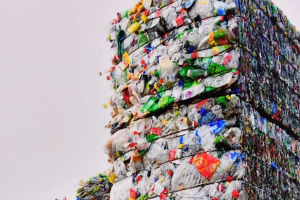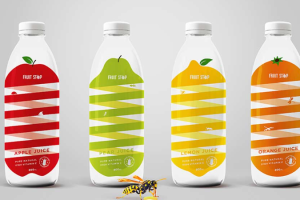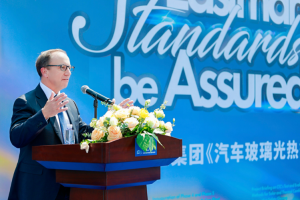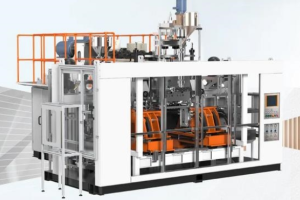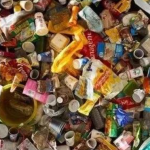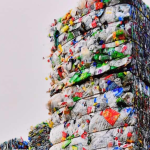December 5, 2024 – Titanium Dioxide: The Linchpin in Color Masterbatch Quality
Titanium dioxide stands as an indispensable white pigment in the color masterbatch industry, with its quality indices exerting a crucial influence on the performance of masterbatches. Among these, whiteness, a key metric for assessing titanium dioxide’s superiority, directly impacts the coloring power and efficacy of masterbatches. In the sulfuric acid process for producing titanium dioxide, factors such as hydrolysis techniques, initial particle size, impurity washing during water treatment, and temperature and feed rates during calcination significantly affect the whiteness of the final product. Consequently, when selecting titanium dioxide for white masterbatches, priority should be given to products with higher whiteness. This not only effectively reduces the amount of titanium dioxide required but also notably enhances the coloring strength of the masterbatch, particularly for high-end white masterbatches that demand purity and brightness, thus imposing stricter requirements on titanium dioxide’s whiteness.

Beyond whiteness, the water-soluble salt content of titanium dioxide is another critical parameter that cannot be overlooked. The level of water-soluble salts directly influences titanium dioxide’s stability, weather resistance, waterproofing, and electrical insulation properties, subsequently affecting the electrical insulation performance of masterbatches. According to Color Masterbatch Industry Network, variations in salt treatment formulas and water quality among titanium dioxide manufacturers lead to fluctuations in water-soluble salt content, limiting titanium dioxide’s application in fields like cable masterbatches. Therefore, rigorous electrical performance testing is essential during the production of cable masterbatches to ensure they meet standard electrical insulation requirements. Studies have shown that rutile titanium dioxide excels in maintaining the electrical insulation of polyvinyl chloride, with a retention rate reaching 100%.
Furthermore, the dispersibility of titanium dioxide is a focal point in the color masterbatch industry. To enhance pigment dispersion in resin, pre-dispersion treatment of the pigment is often conducted. This process involves adsorbing dispersants (wetting agents) onto the pigment surface under stirring or kneading conditions, with the effectiveness closely related to the viscosity of the dispersant and its affinity for the pigment. Good dispersion not only improves the color uniformity of masterbatches but also elevates their application performance.
Lastly, the covering power of titanium dioxide is another vital indicator of its value. In industries such as coatings, plastics, paints, and masterbatches, the covering power directly influences product performance and costs. Currently, there are significant differences in the covering power of anatase titanium dioxide in China, primarily due to factors like ore sources, hydrolysis processes, and post-treatment. A decrease in titanium dioxide’s covering power not only affects the opacity and coloring strength of masterbatches but also leads to issues such as reduced rheological performance and poorer film formation. Therefore, strict control over the amount and quality of titanium dioxide is necessary during the production of masterbatches to ensure optimal application performance.




